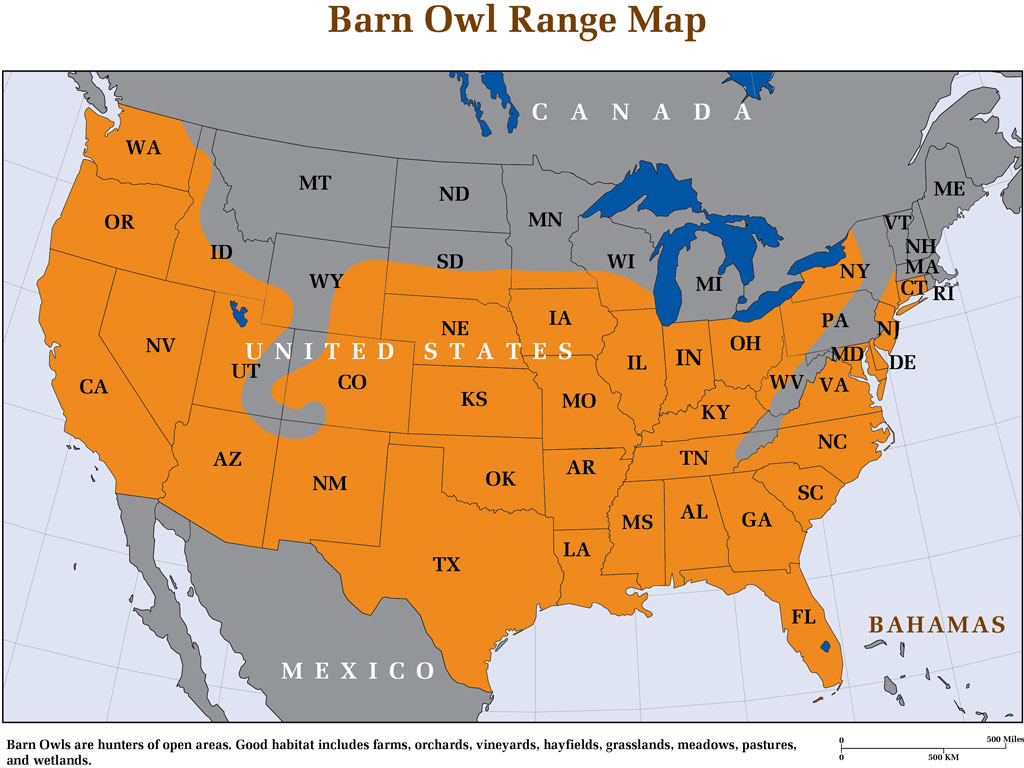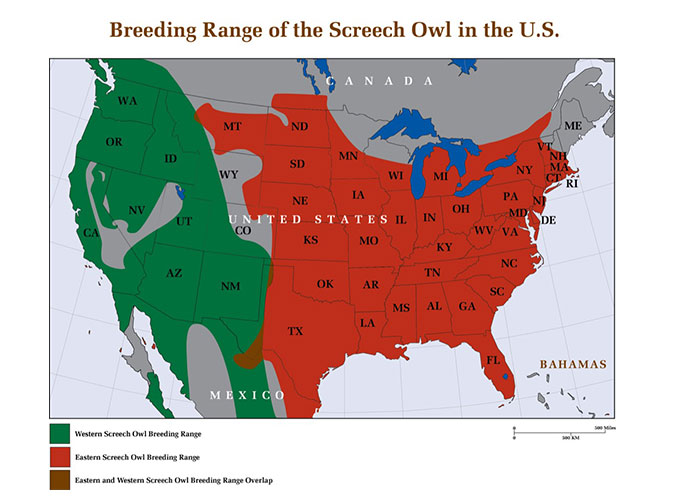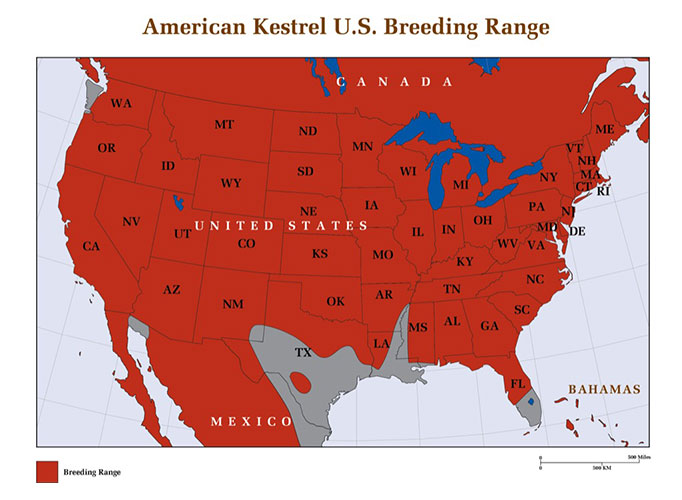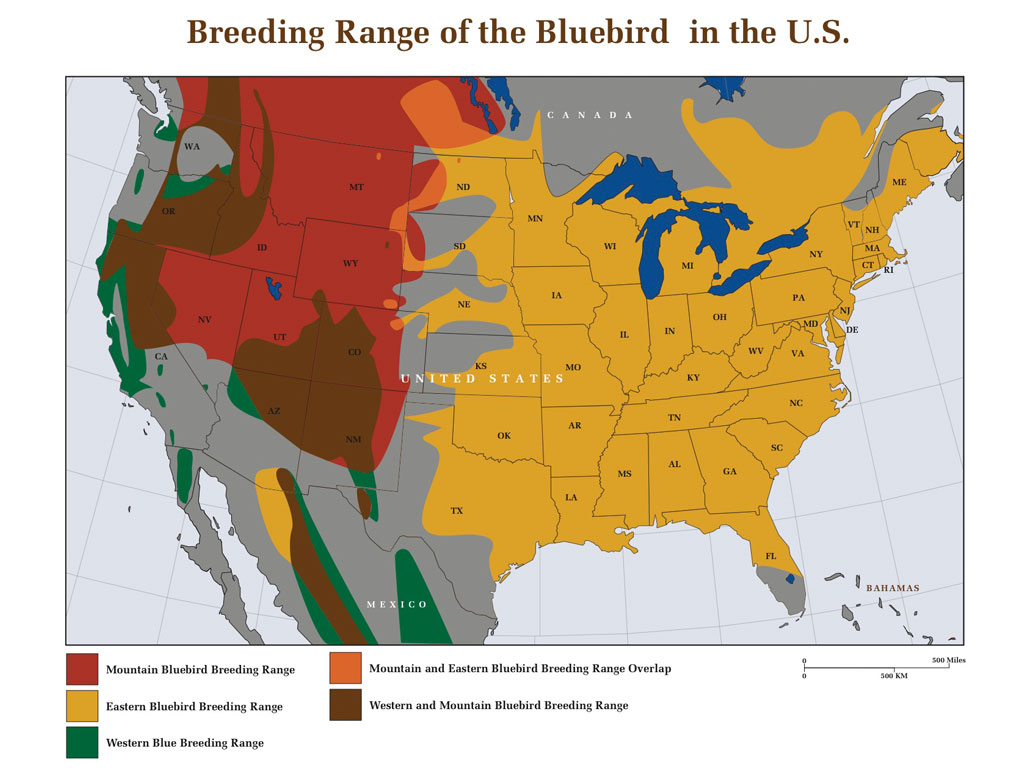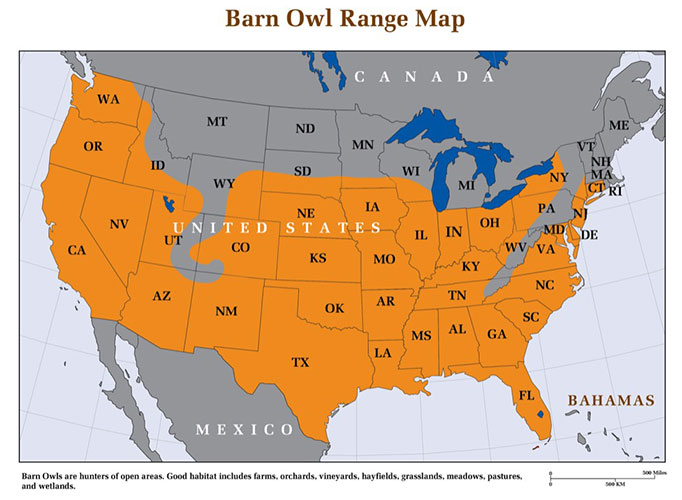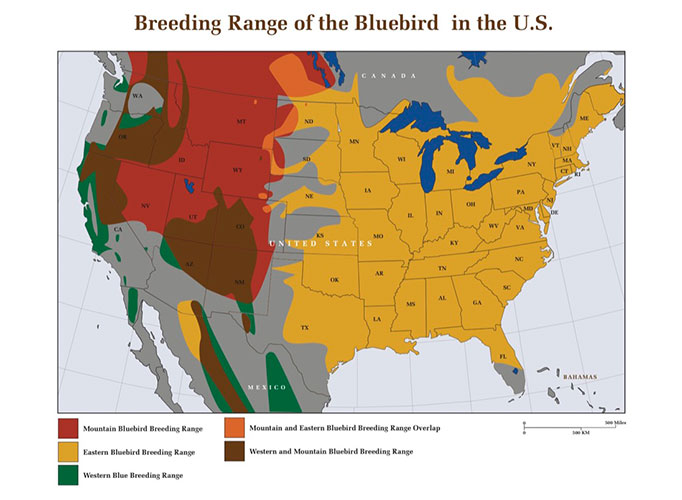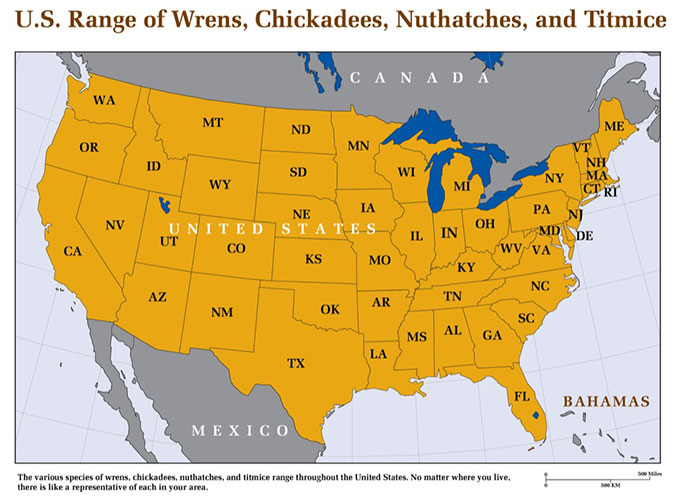Free Shipping to the Contiguous United States
Connecticut Barn Owls
Barn Owls in Connecticut Barn owls have always been uncommon to rare in Connecticut due to the state’s harsh winters. They are principally found along the coast and within the large river valleys of the state. Breeding has been confirmed…

